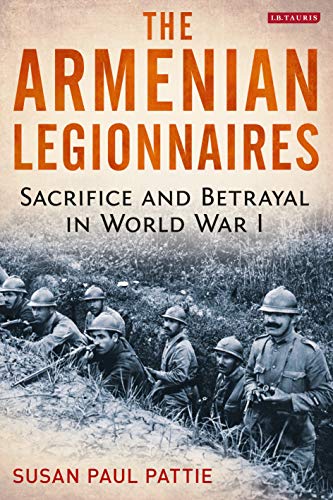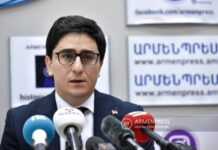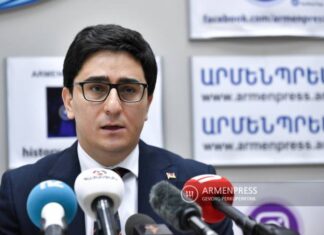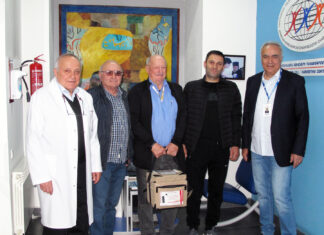By Susan Pattie
Often when the Armenian Legionnaires are mentioned, it is in the context of their important role at the Battle of Arara, part of the decisive Battle of Megiddo where they fought as part of the Allied Forces under General Allenby. Though they won that battle decisively and the Armistice followed soon afterwards, the active role of the Legionnaires had really only just begun. This moment comes mid-way through the book The Armenian Legionnaires: Sacrifice and Betrayal in World War I as the Legionnaires continued to fight until August 1920 when the last of the Armenian Legionnaire battalions was demobilized.
1920 brought devastating new destruction to towns and villages being rebuilt by returning Armenian refugees. Marash, Hadjin, Urfa and many more were abandoned by the French, increasingly weak and distracted by their own geopolitical ambitions, and crushed by the Kemalist forces, increasingly strong, motivated and led by the charismatic Mustafa Kemal. Surviving Armenians gathered in Adana and Mersin or dispersed to other countries.
In Adana, Lt John Shishmanian was appointed the head of the remaining Armenian Legion troops and also ordered to organize decommissioned Legionnaires still in the area as well as civilians who were willing and able to help. Their primary work was to protect Adana from guerilla attacks on transportation and communication networks. Born in Kentucky of Armenian and Scottish-American heritage, Shishmanian was also the liaison between the French officers and the returning Armenians rebuilding homes and some still making plans for a semi-independent Cilician Armenia.
General Brémond was seen as too partial to the Armenians and sent back to Paris while other officials began arresting Armenian Legionnaires, including Shishmanian, on feeble pretexts. Some such as the highly respected Lt. Vahan Portukalian were threatened with death sentences until false evidence presented in the military court was thrown out. The “final act” of the Legionnaires’ work in World War I was as heroic as the earlier stages had been but much more complex. Contradictions and unrealistic demands, backtracking and lack of protection left the men feeling betrayed both for themselves and for their compatriots whom they had come to help.
Closing his concise summary of the historical context in Chapter Two of The Armenian Legionnaires, Varak Ketsemanian points out that the Legion’s “achievements concern a people who attempted to come to grips with the destruction and devastation of their nation. Its story also shows the union of hundreds of Armenians from different backgrounds for a greater cause. … who fought to keep the vision of an Armenia alive.”









